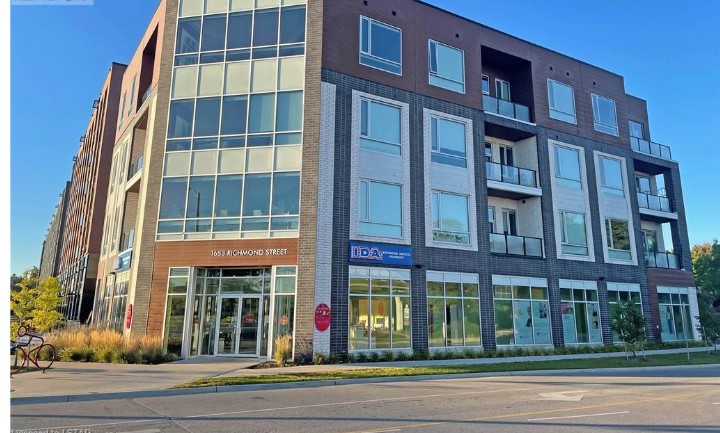
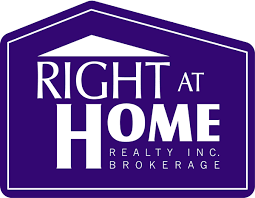
New vs Old Rental Properties for Sale: Which One Will Maximize Your Profits?
Pros of Buying Old Rental Properties
One of the major advantages of buying older rental properties is the stability of market rates. Rent and property values in established neighborhoods tend to be stable, offering fewer surprises and making it easier for investors to plan their financial forecasts. According to <a href="https://www.tfsproperties.com/older-vs-newer-rentals/">TFS Properties</a> , these properties are often situated in desirable locations, attracting reliable, long-term tenants. Moreover, many older homes were constructed with high-quality materials and craftsmanship. These properties may even require fewer significant repairs, as older homes often have sturdier foundations and structures. <a href="https://www.tfsproperties.com/older-vs-newer-rentals/">TFS Properties</a> also notes that this solid construction can sometimes result in lower maintenance needs, which is a benefit for long-term investment. Another attractive feature of older homes is the larger square footage they typically offer compared to modern constructions. This additional space is particularly appealing to families or tenants seeking more room, and it serves as a significant advantage over newer builds. The inherent charm of older homes, combined with these benefits, makes them an attractive option for both investors and tenants alike.
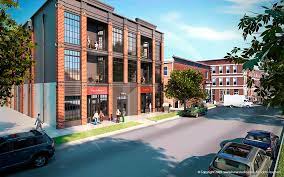
Cons of Buying Old Rental Properties
However, older rental properties for sale do come with their downsides. One of the main disadvantages is the potential for higher maintenance costs due to aging infrastructure. Plumbing, electrical systems, and roofing may require more frequent and substantial repairs, which can increase both upfront and ongoing investment. Additionally, older homes may lack modern energy-efficient features, such as double-pane windows or proper insulation, leading to higher utility costs for tenants. This can be a disadvantage when comparing these properties to newer, more energy-efficient homes. Another challenge is building code compliance. Older homes may not meet modern building codes, which could necessitate costly upgrades, especially if you're planning to renovate or expand the property.
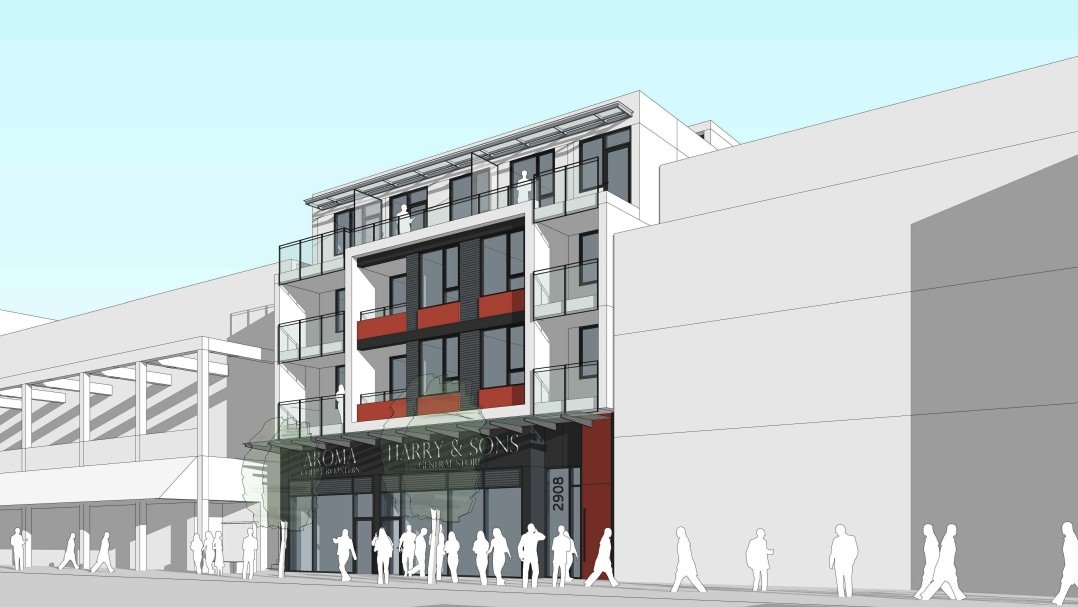
Pros of Buying New Rental Properties
One of the main attractions of buying new rental properties is the lower maintenance costs in the first several years. Since everything, from the electrical systems to the roofing, is brand new, the need for repairs and replacements is significantly reduced. Additionally, modern construction standards often incorporate energy-efficient materials, which makes these properties more cost-effective for tenants in terms of utility bills. Energy-efficient windows, advanced insulation, and appliances that consume less energy make these homes appealing, especially to environmentally conscious renters. New rental properties also tend to feature modern layouts and amenities, such as open floor plans, contemporary designs, and smart home technology. These features are highly desirable to today’s tenants and can justify higher rental rates, offering better returns for investors in the long term. Tenants in newer properties may also be more inclined to sign longer leases, attracted by the appeal of modern living spaces and the likelihood of fewer maintenance issues. This helps reduce turnover and vacancy rates, providing a more consistent income stream for landlords. Newer rental properties for sale located in developing areas may also have strong potential for appreciation. As infrastructure improves and demand increases, these properties can see rapid value growth. However, investing in such areas can be risky, as not all developing neighborhoods will realize their full potential.
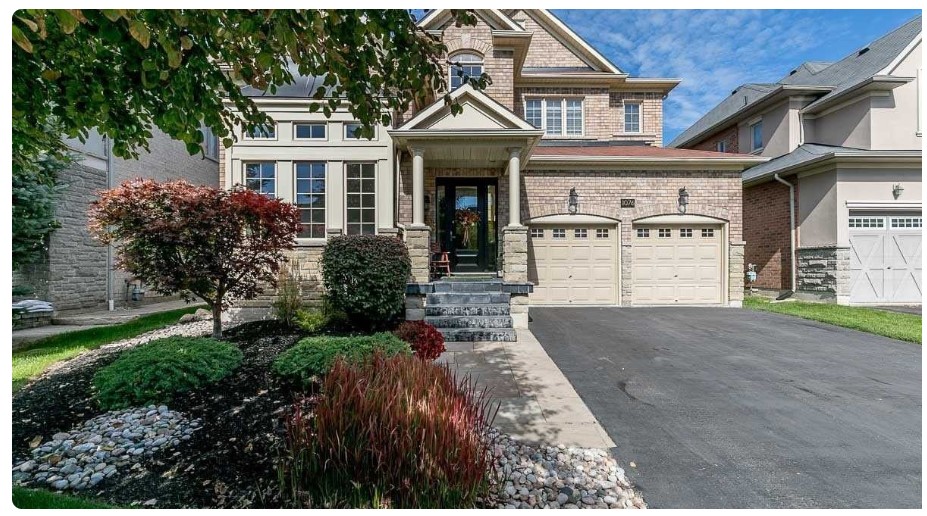
Cons of Buying New Rental Properties
Despite the benefits, there are some downsides to purchasing newer rental properties. One of the main drawbacks is the higher purchase price. New properties typically come with a higher upfront cost, which can strain initial cash flow. Investors need to carefully consider the balance between the potential for long-term appreciation and the immediate impact on cash flow. Additionally, while new homes are efficient and convenient, they often lack the unique architectural charm found in older properties. Some tenants may prefer the character of an older home, making newer builds less attractive to certain segments of the market. There is also uncertainty in neighborhood development. Many new developments are located in up-and-coming areas, which may or may not grow in value as expected. This uncertainty can affect both appreciation potential and tenant demand, leaving investors with lower-than-expected returns.
